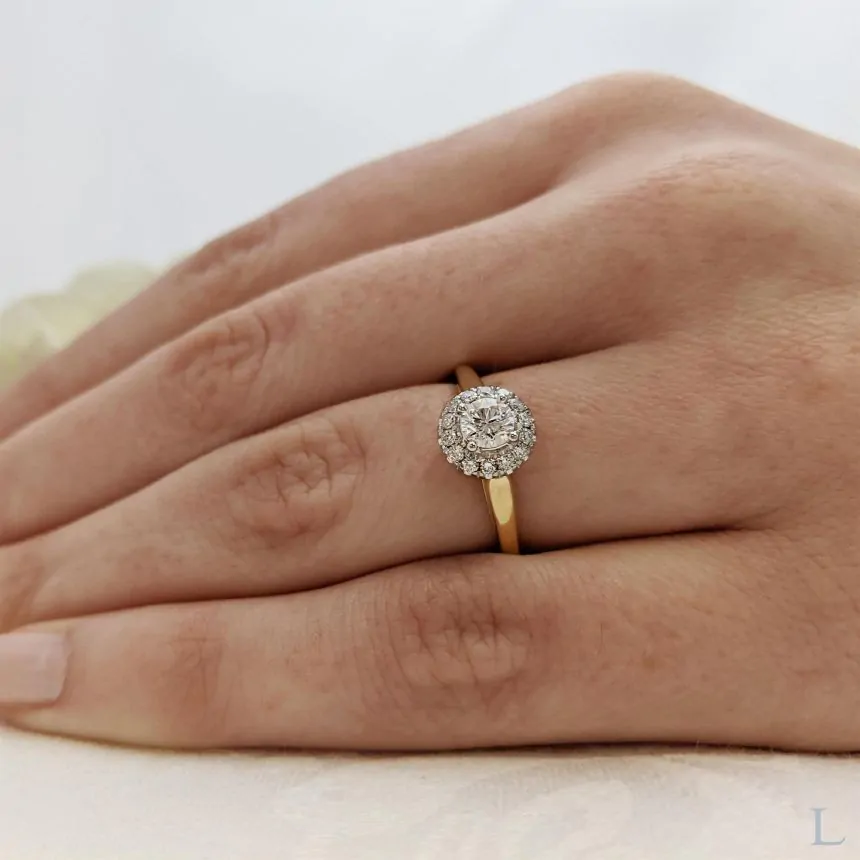Shopping for an engagement ring can feel overwhelming, especially when you’re hit with unfamiliar jargon. However, with a clear understanding of these key concepts, you can make an informed decision and find the perfect engagement ring for your proposal.
Below, we explain the essential terms and explain what they really mean for the ring you’re buying.
Carat
Carat is a measurement of a diamond’s weight, not its size, although people often think the two are the same. A single carat equals 0.2 grams, and the higher the weight, the more expensive the stone will be.
To balance weight with cost, consider diamonds that weigh slightly less than whole numbers – a 0.9-carat gem, for example, can be significantly cheaper than a full 1-carat one, without much noticeable difference to the naked eye.
It’s also worth bearing in mind that two diamonds of the same weight can look very different in size depending on the cut.
Cut
This refers to how well the diamond has been shaped and polished, influencing how much light it reflects. A well-cut stone sparkles brilliantly, while a poorly cut one can look dull even if it has high clarity and weight.
You may come across terms like “brilliant,” “step,” or “princess” cuts, each offering a different kind of sparkle and appearance. If you want the diamond to catch the light in every room, pay attention to this aspect more than the others.
Clarity
Clarity measures the purity of a diamond by assessing the number of inclusions (internal flaws) or blemishes (surface flaws) it has. Fewer inclusions mean thegem is more valuable.
The Gemmological Association of Great Britain (Gem-A), grades clarity on a scale from IF (Internally Flawless) to I3 (Visible Inclusions). While you might think you need a flawless diamond, that’s not always necessary. Many inclusions are invisible to the naked eye, especially in gems graded VS1 or VS2, which provide great value.
For most buyers, diamonds in the middle of the clarity scale offer a balance between appearance and price. You don’t need to chase perfection unless you’re after something that would rival the best celebrity engagement rings.
Setting
The setting is what holds the diamond in place on the ring, and it plays a big role in the overall look. Classic settings like the prong allow for maximum light exposure to the gem, making it sparkle more. However, some people opt for bezel or halo settings, which can provide added protection to the stone or make smaller stones appear larger.
The choice of setting often depends on how active the wearer is, as some are more secure than others.
Understanding these key aspects will help you navigate the process of buying an engagement ring with confidence. Each element plays a role in creating a ring that’s uniquely yours.

